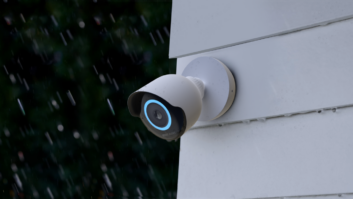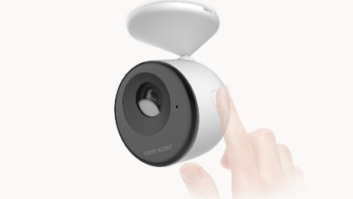New York – Cellular carriers are
beginning to seed the market with cellphones compatible with a planned
emergency alert system called
(Personal Localized Alerting Network).
PLAN lets government officials
send text alerts to cellphones within a specific geographic area even if cellular
voice and text-message channels are congested.
PLAN technology will be
implemented voluntarily by April 2012 in the networks of the big four U.S.
carriers as well as by many other carriers, including Leap, MetroPCS, and U.S.
Cellular, the Federal Communications Commission (FCC) said.
In New York City, however, PLAN
will be launched by the big four carriers by the end of this year, four months
ahead of the April 2012 deadline because of a public-private collaboration with
the FCC, FEMA (Federal Emergency Management Agency), carriers and the city, the
FCC announced.
Ninety percent of New York City
subscribers with a PLAN-capable phone will be able to receive PLAN alerts by
the end of this year, the FCC noted.
PLAN enables federal, state and
local officials to send text-like alerts to every person with a PLAN-enabled
phone in a targeted geographic area so the alerts reach “the right people, at
the right time, with the right messages,” said FCC chairman Julius Genachowski.
The text blasts will cut through any network congestion because PLAN technology
“creates a fast lane for emergency alerts,” guaranteeing that emergency alerts
get through even if traditional voice and text channels are congested, he said.
PLAN uses a technology that is separate from voice and text-message channels,
the FCC said.
PLAN-capable phones will receive
three types of emergency alerts: alerts issued by the president of the U.S.,
alerts involving imminent threats to safety or life, and Amber Alerts.
Some carriers, the commission
said, will offer PLAN “over all or parts of their service areas or over all or
only some of their wireless devices.” Ultimately, however, the FCC said it expects
PLAN to be available in most of the country.
To date, Sprint offers two
PLAN-compatible phones, the Sanyo Innuendo by Kyocera and the Sanyo Vero by
Kyocera. Sprint also said it plans to offer more PLAN-capable mobile devices
later this year and to include PLAN technology in all new Sprint phones by the
end of 2011.
AT&T has not yet announced a
PLAN-compatible device nor a timetable to offer them, a spokesperson said.
T-Mobile and Verizon Wireless haven’t yet responded to requests for updates on
whether they already offer PLAN-compatible phones.
The FCC noted that some existing
phones might need only a software upgrade to become PLAN-compatible.
PLAN works like this: Authorized
national, state or local government officials send public safety emergency
alerts, such as tornado warnings or terrorist threats, to a PLAN. PLAN
authenticates the alert, verifies that the sender is authorized, and sends it
to participating wireless carriers. The carriers push the alerts from cell
towers to mobile phones in the affected area. The alerts will appear like a
text message, and the phone will emit an attention signal and vibrate to notify
callers that the message is an emergency message. Alerts will not have to be
opened like a typical text message but will pop up on the handset’s screen.
Consumers whose carriers
participate in the program are automatically signed up to get the alerts, which
are free, though carriers could opt to let consumers choose to receive only
presidential messages.
Because the service is
geographically targeted, an emergency alert could be sent to all PLAN phones in
Manhattan or parts of Manhattan, including to phones used by visiting tourists.
For its part, the National
Association of Broadcasters (NAB) noted that “when a cellular network goes
down, customers will still be unable to access these 90-character warnings. As
was evidenced in Alabama and other parts of the South just two weeks ago, there
is no communications system that matches the life-saving immediacy of a local
broadcast signal.”
PLAN was created by the 2006
Warning, Alert and Response Network (WARN) Act, which required carriers that
chose to participate in offering PLAN do so by a deadline determined by
the FCC.
PLAN complements the existing
federal Emergency Alert System (EAS), which FCC and FEMA has implemented
through broadcasters and other media service providers. EAS is a modernized
version of the previous Emergency Broadcast System in effect from 1963 to 1997.
PLAN is also known as the Commercial Mobile Alert System (CMAS).













